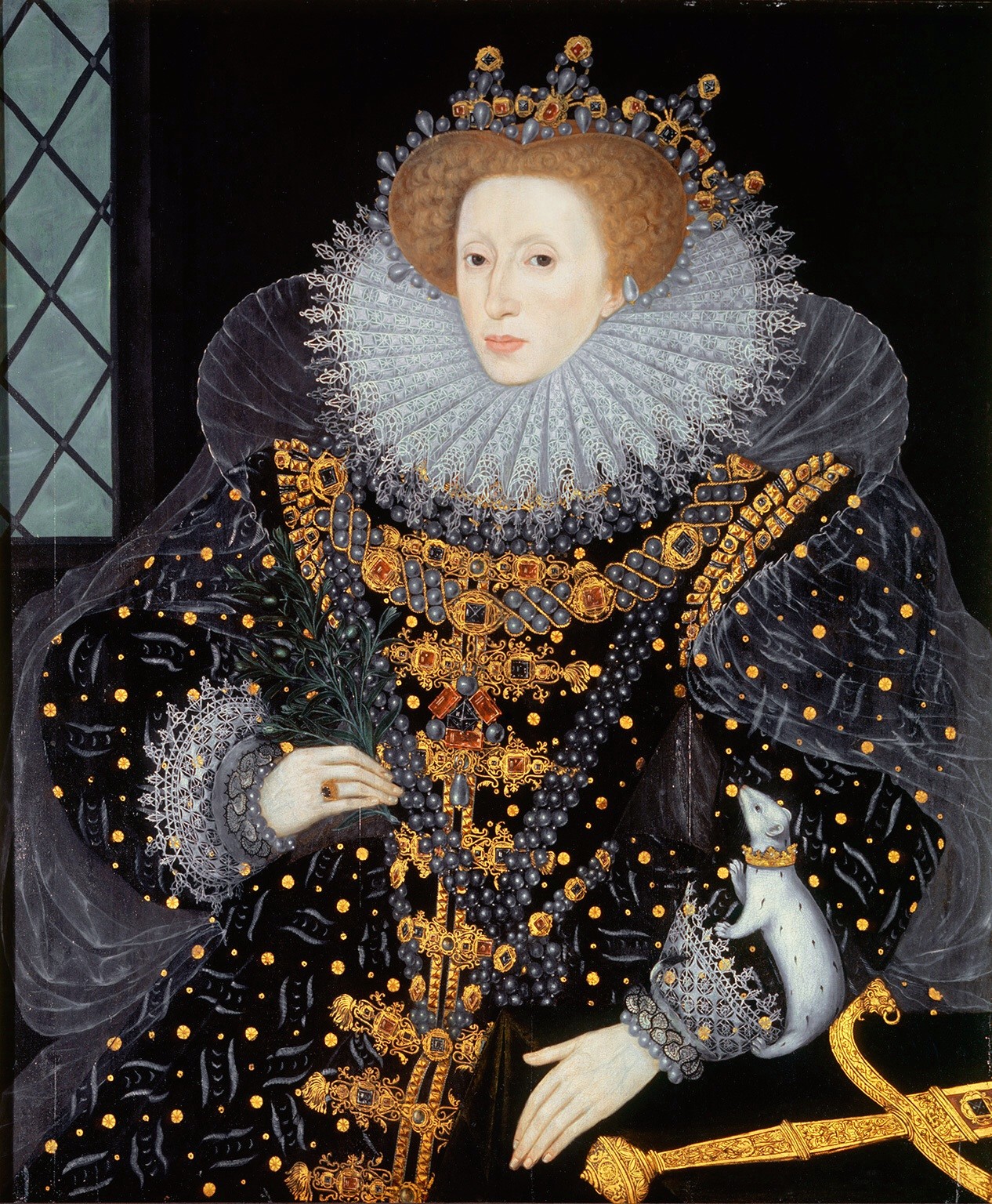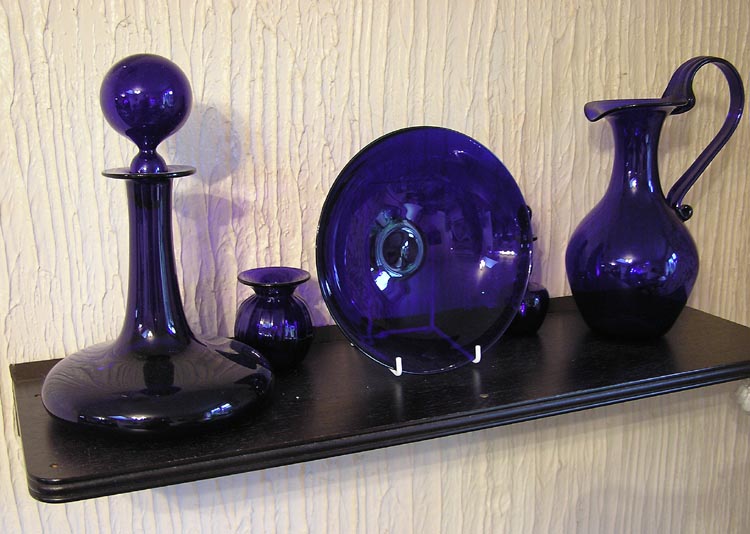|
John Bettes The Elder
John Bettes the Elder (active ''c.'' 1531–1570) was an English artist whose few known paintings date from between about 1543 and 1550. His most famous work is his ''Portrait of a Man in a Black Cap''. His son, John Bettes the Younger (with whom he is sometimes confused), was a pupil of Nicholas Hilliard who painted portraits during the reign of Elizabeth I and James I. Nothing is known of John Bettes's life, except that he was living in Westminster in 1556, according to a documented court case.Karen Hearn, ''Dynasties: Painting in Tudor and Jacobean England, 1530–1630,'' London: Tate Publishing, 1995, , 46–47. He is first recorded as working for Henry VIII at Whitehall Palace in 1531. Queen Catherine Parr's accounts for 1546/47 record payments to Bettes for "lymning" (painting in miniature) the king's and queen's portraits, and for six other portraits. Her new year's gift of 1547 to Prince Edward was a pair of portraits of the king and herself. Bettes has been id ... [...More Info...] [...Related Items...] OR: [Wikipedia] [Google] [Baidu] |
Ellis Waterhouse
Sir Ellis Kirkham Waterhouse (16 February 1905 – 7 September 1985) was an English art historian and museum director who specialised in Roman baroque and English painting. He was Director of the National Galleries of Scotland (1949–52) and held the Barber chair at Birmingham University until his official retirement in 1970. Early life and career Waterhouse was born in Epsom in Surrey. His father was the architect Percy Leslie Waterhouse, through whom he possessed the means to pursue a largely independent career. His fellow student at Marlborough College was Anthony Blunt, with whom he continued a lifelong professional friendship. He won a scholarship New College, Oxford and in 1925 he achieved a first in classical honour moderations. He graduated with a second class degree in 1927 and then went to Princeton University as a Commonwealth Fund Fellow. He studied at Princeton with Frank Jewett Mather and received a fellowship to study El Greco in Spain. He returned t ... [...More Info...] [...Related Items...] OR: [Wikipedia] [Google] [Baidu] |
Year Of Death Unknown
A year or annus is the orbital period of a planetary body, for example, the Earth, moving in its orbit around the Sun. Due to the Earth's axial tilt, the course of a year sees the passing of the seasons, marked by change in weather, the hours of daylight, and, consequently, vegetation and soil fertility. In temperate and subpolar regions around the planet, four seasons are generally recognized: spring, summer, autumn and winter. In tropical and subtropical regions, several geographical sectors do not present defined seasons; but in the seasonal tropics, the annual wet and dry seasons are recognized and tracked. A calendar year is an approximation of the number of days of the Earth's orbital period, as counted in a given calendar. The Gregorian calendar, or modern calendar, presents its calendar year to be either a common year of 365 days or a leap year of 366 days, as do the Julian calendars. For the Gregorian calendar, the average length of the calendar year (the mea ... [...More Info...] [...Related Items...] OR: [Wikipedia] [Google] [Baidu] |
Renaissance Artists
The Renaissance ( , ) , from , with the same meanings. is a period in European history marking the transition from the Middle Ages to modernity and covering the 15th and 16th centuries, characterized by an effort to revive and surpass ideas and achievements of classical antiquity. It occurred after the Crisis of the Late Middle Ages and was associated with great social change. In addition to the standard periodization, proponents of a "long Renaissance" may put its beginning in the 14th century and its end in the 17th century. The traditional view focuses more on the early modern aspects of the Renaissance and argues that it was a break from the past, but many historians today focus more on its medieval aspects and argue that it was an extension of the Middle Ages. However, the beginnings of the period – the early Renaissance of the 15th century and the Italian Proto-Renaissance from around 1250 or 1300 – overlap considerably with the Late Middle Ages, conventionally ... [...More Info...] [...Related Items...] OR: [Wikipedia] [Google] [Baidu] |
English Portrait Painters
English usually refers to: * English language * English people English may also refer to: Peoples, culture, and language * ''English'', an adjective for something of, from, or related to England ** English national identity, an identity and common culture ** English language in England, a variant of the English language spoken in England * English languages (other) * English studies, the study of English language and literature * ''English'', an Amish term for non-Amish, regardless of ethnicity Individuals * English (surname), a list of notable people with the surname ''English'' * People with the given name ** English McConnell (1882–1928), Irish footballer ** English Fisher (1928–2011), American boxing coach ** English Gardner (b. 1992), American track and field sprinter Places United States * English, Indiana, a town * English, Kentucky, an unincorporated community * English, Brazoria County, Texas, an unincorporated community * Engli ... [...More Info...] [...Related Items...] OR: [Wikipedia] [Google] [Baidu] |
English Renaissance
The English Renaissance was a Cultural movement, cultural and Art movement, artistic movement in England from the early 16th century to the early 17th century. It is associated with the pan-European Renaissance that is usually regarded as beginning in Italy in the late 14th century. As in most of the rest of northern Europe, England saw little of these developments until more than a century later. Renaissance style and ideas, however, were slow to penetrate England, and the Elizabethan era in the second half of the 16th century is usually regarded as the height of the English Renaissance. However, many scholars see its beginnings in the early 16th century, during the reign of Henry VIII. The English Renaissance is different from the Italian Renaissance in several ways. The dominant art forms of the English Renaissance were literature and music. Visual arts in the English Renaissance were much less significant than in the Italian Renaissance. The English period began far later than ... [...More Info...] [...Related Items...] OR: [Wikipedia] [Google] [Baidu] |
English Male Painters
English usually refers to: * English language * English people English may also refer to: Peoples, culture, and language * ''English'', an adjective for something of, from, or related to England ** English national identity, an identity and common culture ** English language in England, a variant of the English language spoken in England * English languages (other) * English studies, the study of English language and literature * ''English'', an Amish term for non-Amish, regardless of ethnicity Individuals * English (surname), a list of notable people with the surname ''English'' * People with the given name ** English McConnell (1882–1928), Irish footballer ** English Fisher (1928–2011), American boxing coach ** English Gardner (b. 1992), American track and field sprinter Places United States * English, Indiana, a town * English, Kentucky, an unincorporated community * English, Brazoria County, Texas, an unincorporated community * Eng ... [...More Info...] [...Related Items...] OR: [Wikipedia] [Google] [Baidu] |
16th-century English Painters
The 16th century begins with the Julian year 1501 ( MDI) and ends with either the Julian or the Gregorian year 1600 ( MDC) (depending on the reckoning used; the Gregorian calendar introduced a lapse of 10 days in October 1582). The 16th century is regarded by historians as the century which saw the rise of Western civilization and the Islamic gunpowder empires. The Renaissance in Italy and Europe saw the emergence of important artists, authors and scientists, and led to the foundation of important subjects which include accounting and political science. Copernicus proposed the heliocentric universe, which was met with strong resistance, and Tycho Brahe refuted the theory of celestial spheres through observational measurement of the 1572 appearance of a Milky Way supernova. These events directly challenged the long-held notion of an immutable universe supported by Ptolemy and Aristotle, and led to major revolutions in astronomy and science. Galileo Galilei became a champion of ... [...More Info...] [...Related Items...] OR: [Wikipedia] [Google] [Baidu] |
William Butts
Sir William Butts (c. 1486 – 22 November 1545) was a member of King Henry VIII of England's court and was the King's physician. His portrait was painted by Hans Holbein the Younger in 1543, and he was knighted in the following year. His granddaughter Anne was married to the son of Sir Nicholas Bacon, Lord Keeper. Career According to recent sources, William Butts was the son of John Butts, auditor of Crown Revenues and later a Custodian of Wards, and his wife Elizabeth, and he was born in Norwich, Norfolk, although his family was also connected with Fulham, Middlesex. He was educated at Gonville Hall in the University of Cambridge. He took his B.A. in 1506-07, his M.A. in 1509 and was awarded his M.D. in 1518. He was admitted a Member of the College of Physicians in 1529. He worked with George Owen and Thomas Wendy. Religion Sir William Butts was a known Protestant and close associate of Thomas Cranmer, Archbishop of Canterbury, and Catherine Parr, the sixth wife of Henr ... [...More Info...] [...Related Items...] OR: [Wikipedia] [Google] [Baidu] |
Smalt
Cobalt glass—known as "smalt" when ground as a pigment—is a deep blue coloured glass prepared by including a cobalt compound, typically cobalt oxide or cobalt carbonate, in a glass melt. Cobalt is a very intense colouring agent and very little is required to show a noticeable amount of colour. Cobalt glass plates are used as an optical filter in flame tests to filter out the undesired strong yellow light emitted by traces of sodium, and expand the ability to see violet and blue hues, similar to didymium glass. Moderately ground cobalt glass (potassium cobalt silicate)—called "smalt"—has been historically important as a pigment in glassmaking, painting, pottery, for surface decoration of other types of glass and ceramics, and other media. The long history of its manufacture and use has been described comprehensively. Cobalt aluminate, also known as "cobalt blue", can be used in a similar way. Cobalt glass such as Bristol blue glass is appreciated for its attractive colour ... [...More Info...] [...Related Items...] OR: [Wikipedia] [Google] [Baidu] |
Hans Holbein The Younger
Hans Holbein the Younger ( , ; german: Hans Holbein der Jüngere; – between 7 October and 29 November 1543) was a Germans, German-Swiss people, Swiss painter and printmaker who worked in a Northern Renaissance style, and is considered one of the greatest portraitists of the 16th century. He also produced religious art, satire, and Protestant Reformation, Reformation propaganda, and he made a significant contribution to the history of book design. He is called "the Younger" to distinguish him from his father Hans Holbein the Elder, an accomplished painter of the International Gothic, Late Gothic school. Holbein was born in Augsburg but worked mainly in Basel as a young artist. At first, he painted murals and religious works, and designed stained glass windows and illustrations for books from the printer Johann Froben. He also painted an occasional portrait, making his international mark with portraits of humanist Desiderius Erasmus of Rotterdam. When the Reformation reach ... [...More Info...] [...Related Items...] OR: [Wikipedia] [Google] [Baidu] |







